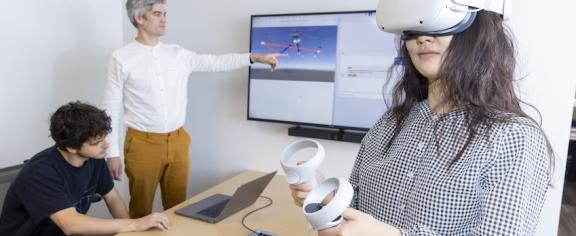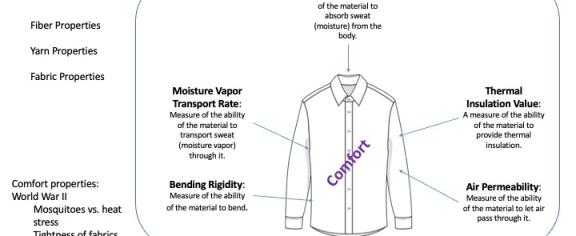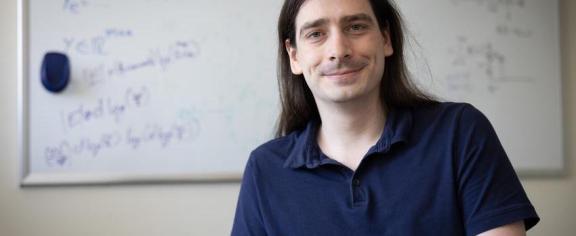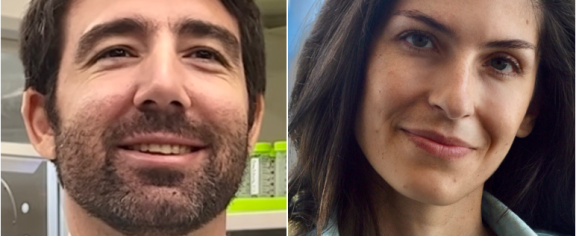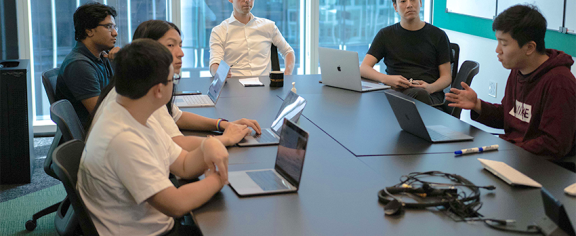2024-07-22
Clark Atlanta University, with AI4OPT at Georgia Tech, received a $2.79 million NSF grant to advance AI education and research at HBCUs, led by Charles B. Pierre.
2024-06-27
A new AI teammate developed by Assistant Professor Christopher MacLellan could be the ideal co-opt video game partner.
2024-07-02
Smart textiles expert and Professor in the School of Materials Science and Engineering shares insight into the best fabrics to wear in the Summer
2024-06-20
Improving mobile internet service by removing the data cap has large benefits for disadvantaged households.
2024-06-06
Assistant Professor Jan van den Brand was recently awarded a National Science Foundation (NSF) CAREER Award for his groundbreaking work developing more efficient algorithms.
2024-06-21
The Office of Information Technology will implement Verified Duo Push at Georgia Tech on June 24.
2024-05-15
A team of Georgia Tech and MIT researchers found that discarded brewer’s yeast, when encased in hydrogel capsules, becomes a viable and inexpensive method for purifying contaminated water.
2024-05-16
The Office of Information Technology alerts the Georgia Tech community to be aware of DUO two-factor authentication phone scams.
2023-08-30
A new eye-tracking system developed at Georgia Tech uses a lensless camera to reduce the size and weight of VR/AR headsets, improves efficiency, and enhances user privacy.
2023-09-08
Georgia Tech researchers are working with service providers to take on new malware that disguises its malicious traffic as benign.

